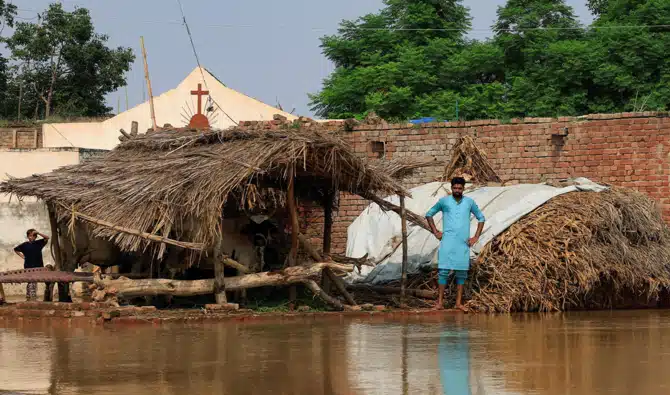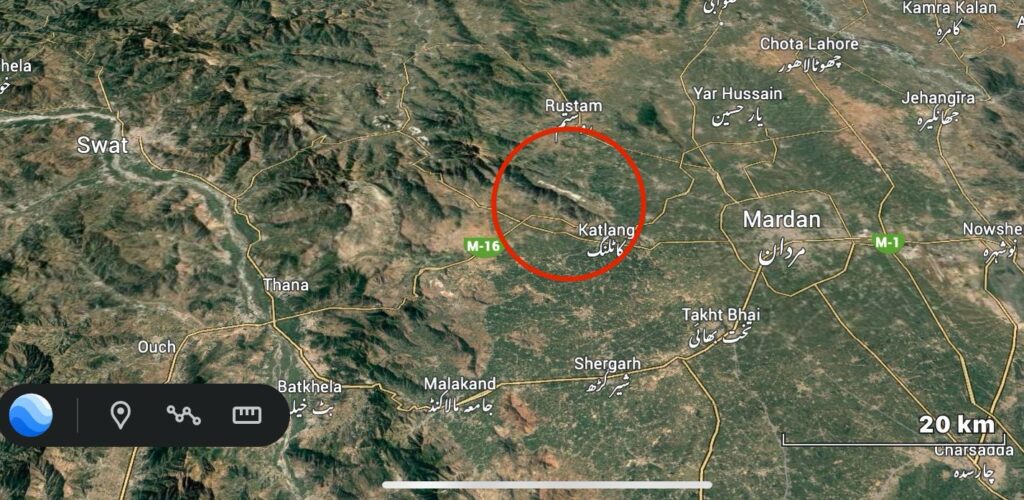ISLAMABAD: Pakistan’s meteorological department on Monday warned of heavy rains and landslides across several regions, as the death toll from monsoon-related incidents since June 26 rose to 798.
Relentless downpours have triggered floods, destroyed homes, and killed livestock in the northern and eastern parts of the country. Khyber Pakhtunkhwa (KP) is the worst-hit, with 479 deaths. Punjab has reported 165 fatalities, Sindh 54, Gilgit-Baltistan 45, Balochistan 24, Azad Jammu and Kashmir 23, and Islamabad eight.
Authorities said the current monsoon spell will persist until September 10. The National Disaster Management Authority (NDMA) has warned of flood risks similar to the 2022 disaster, which killed over 1,700 people and caused $30 billion in damages.
The PMD forecast warned of landslides in Kashmir’s hilly areas and urban flooding in Narowal, Sialkot, Gujarat, Jhelum, Gujranwala, and Lahore. It also cautioned that strong winds and lightning could damage mud houses, electric poles, billboards, vehicles, and solar panels.
The Flood Forecasting Division (FFD) said the Chenab and Indus rivers are likely to reach high flood levels within 24 hours. The Sutlej River at Ganda Singh Wala will remain in high flood for days, depending on water releases from India.
Since August 15 alone, monsoon rains have killed 485 people and injured 334. KP has recorded 408 deaths, followed by 26 each in Sindh and GB, 20 in Azad Kashmir, four in Balochistan, and one in Punjab.
Annual monsoon rains remain vital for farming and food security. But scientists say climate change is driving extreme rainfall, floods, and landslides, making Pakistan one of the world’s most vulnerable countries.
Also Read: Launch of Encyclopaedia Balochistanica announced
Experts warn that without urgent climate action, Pakistan could face even more devastating monsoon disasters in the coming years.





